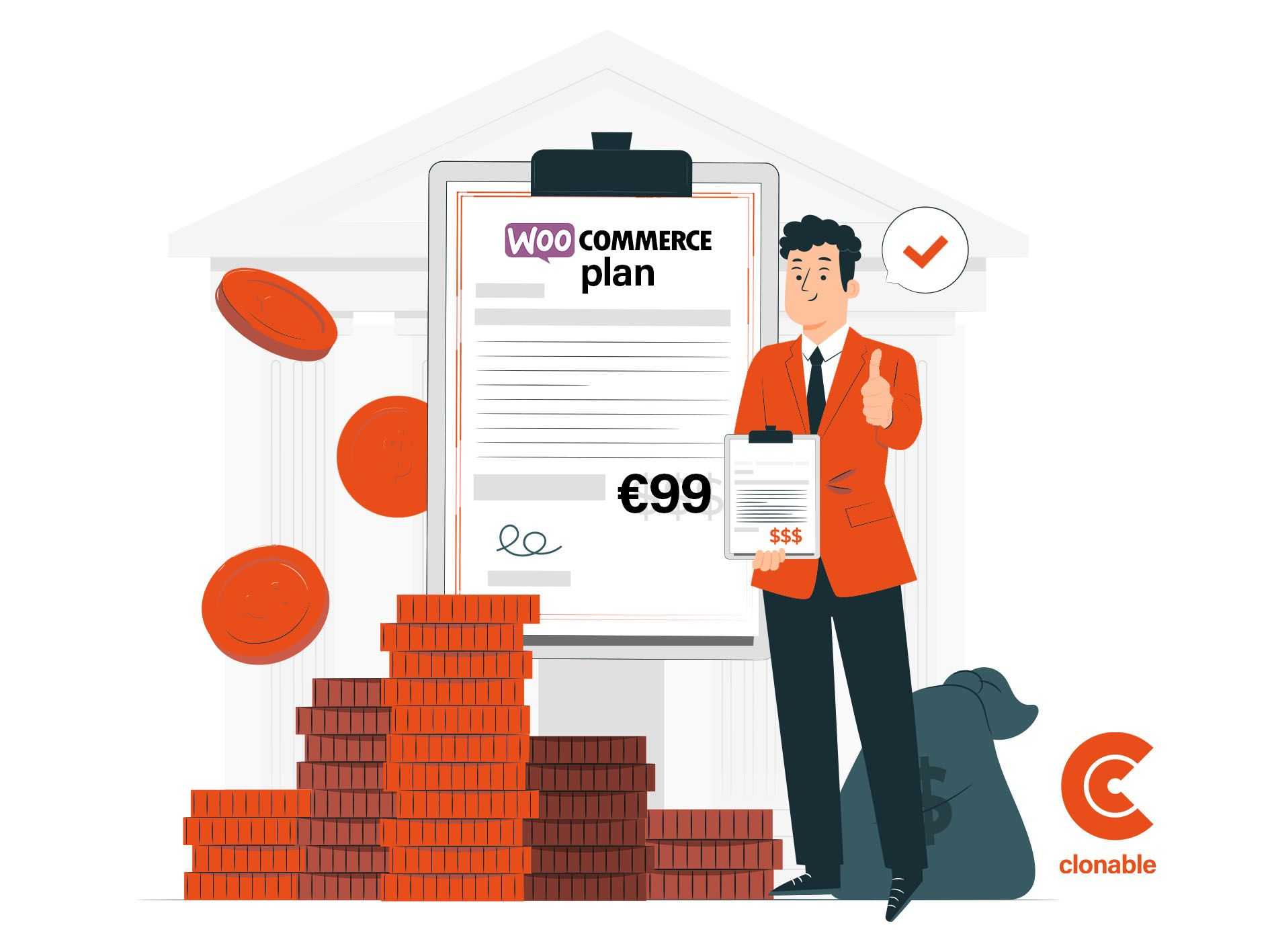WooCommerce website translation: Your shop in another language in 5 minutes?
WooCommerce webshop translation: Your shop in another language in 5 minutes?
As one of the most widely used e-commerce solutions, WooCommerce offers not only unparalleled functionality, but also a user-friendly experience. With the ability to customize products, categories, and the entire shopping process, WooCommerce is the ideal choice for beginners and experienced online store owners alike. One of the most attractive aspects of WooCommerce is its easy integration into your existing WordPress website. With a few clicks, you can add powerful e-commerce functionality, including managing products, handling transactions and tracking inventory levels. In addition, WooCommerce offers a range of extensions and plugins that allow you to expand and customize the functionality of your shop to meet specific needs.
WooCommerce translation in multiple languages:
One of the crucial steps in growing your online business is translating your webshop to reach a wider audience. The ability to offer your WooCommerce webshop in multiple languages opens the door to international markets and expands your global reach. But how do you tackle this without making it a time-consuming and complicated process?

Options for translating your WooCommerce webshop:
There are several approaches to translating your WooCommerce webshop, each with its own advantages and disadvantages. Let's take a look at five common methods:
1. Using translation plugins:
A popular and accessible method is to use translation plugins. These tools allow you to quickly and efficiently add translations to your product pages, categories, and other essential parts of your webshop. Some prominent translation plugins for WooCommerce include MultilingualPress, WPML, Polylang, TranslatePress, and Loco Translate.
Benefits of translation plugins:
- Time saving: After installation, you can start translating immediately.
- Affordable: Compared to other methods, translation plugins are often cost-effective.
- Sometimes user-friendly: You work in a familiar environment.
Disadvantages of translation plugins:
- Learning curve: It may take some time to become fully familiar with the functionality. Configuration is often very complicated.
- Database impact: Some plugins can affect the performance of your shop database.
- Website speed: in many cases plugins adversely affect website speed, especially if you have a lot of products in your shop.
- Not tailored to WooCommerce users: often plugins are mainly based on WordPress users, not the specific needs of WooCommerce shop owners.
2. Using multisite environment:
A more advanced approach is to set up a multisite environment. This allows you to create separate Web shops for each language, offering more control and customization options.
Benefits of a multisite environment:
- Optimal performance: Each shop works separately, improving overall performance.
- Separate management: Each language variant can be customized and managed separately.
Disadvantages of a multisite environment:
- Time intensive: Adding pages for each language takes time.
- Maintenance: Managing individual web shops is enormously labor intensive.
3. Translate without a plugin:
Some website owners prefer to translate their WooCommerce webshop without using translation plugins. Instead, the method of manual translation via FTP files and translation programs such as Poedit is often used. While this method offers some advantages, there are also significant drawbacks.
Advantages of translating without a plugin:
- Direct control: By translating manually, you maintain direct control over every translated sentence and phrase.
- No dependence on plugins: Some users avoid using plugins to reduce potential complications.
Disadvantages of translating without a plugin:
- Time intensive: Manual translation via FTP and Poedit can take considerably more time, especially for large web shops.
- Efficiency issues: The process is less efficient and scalable, making it less suitable for companies with fast-growing international needs.
- Cost aspect: The cost of labor for manual translation can be significant, especially if you add new content regularly.
4. In cooperation with a translation agency:
Another option is to work with a specialized translation agency or a freelance native translator. While this may seem like a professional and hassle-free approach, it also has its own set of advantages and disadvantages.
Benefits of working with a translation agency:
- Professional quality: Translation agencies offer high-quality translations, often performed by native speakers. (Although these also often use Ai translation engines)
Disadvantages of working with a translation agency:
- Cost: Professional translation services involve high costs, which can be a concern especially for smaller companies with limited budgets.
- Dependence: You are dependent on the speed and availability of the translation agency, which can negatively affect the pace of your internationalization process.
- Less direct control: Although professional, the translation process can be less flexible and may take some time to implement changes.
- Not all processes: Translation agencies only solve the translation part for you. All other processes, such as putting the translations into the website, will still have to be done by yourself. This makes it a complex process.
While these methods may be appropriate for certain scenarios, they may not be the ideal choice for companies striving for efficiency, cost control and rapid adaptation to changing international markets. In the next section, we'll take a closer look at how Clonable addresses these challenges and why it is a superior solution for multilingual WooCommerce Web shops.
5. Clonable: The ultimate solution for multilingual WooCommerce web shops:
In the sea of translation options, Clonable stands out as the ultimate solution for translating WooCommerce web shops. The recent addition of new features makes Clonable an indispensable tool for those serious about international expansion.
Key features of Clonable:
- SEO enhancement: Clonable seamlessly adds language tags to the head section of all your pages, providing improved SEO performance between clones and the original site.
- Easy integration into subfolders: Clonable allows effortless inclusion of a clone in a subfolder of your website, eliminating the need for complex technical configurations within WordPress.
- User-friendly language switch: The intuitive language switch makes it easy for users to navigate between different languages.
- Support for WooCommerce: Clonable provides full support for WooCommerce, making conversion tracking in different languages seamless.
Future functions of Clonable:
- Exclude products: Decide which products you want to show or not show in your foreign shops for maximum flexibility.
- Exclude pages: Determine which pages you want to show or not show in your foreign shops for maximum flexibility.
- Price differentiation by clone: Adjust prices based on target country for personalized pricing strategies.
- Currency Switcher: Offer customers the ability to pay in their local currency.
With these innovative features, Clonable sets a new standard in translating WooCommerce web shops.






